The Little Prince: A Classic Tale Reimagined, or Rewritten?
A whimsical reimagining of a classic tale, where the Little Prince finds himself surprisingly relegated to a supporting role.
The story unfolds as a driven mother enrolls her daughter in a prestigious school, inundating her with summer lessons and demanding she spend her entire vacation buried in books. Initially, the diligent young girl complies with her mother’s strict instructions. However, her world takes an unexpected turn when she discovers an elderly aviator living next door, tinkering away at an archaic biplane. Forming a friendship with the eccentric old man, she begins to neglect her studies, captivated by the pilot’s tales of a long-ago encounter in the Sahara Desert with a Little Prince who journeyed to Earth from a distant asteroid.
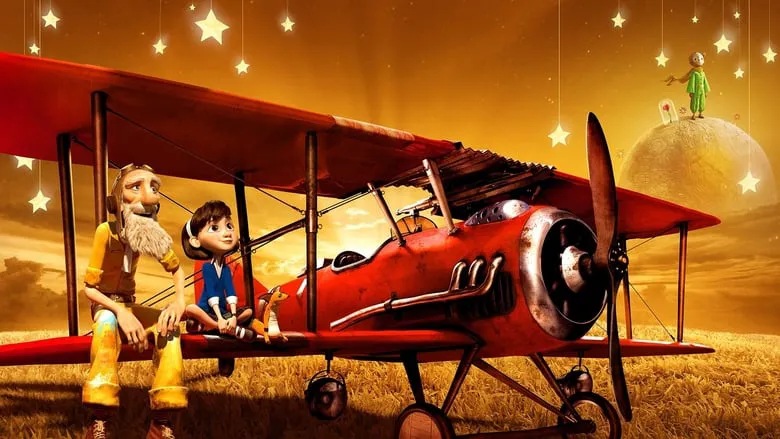
The film was brought to life by the French animation studio ON Animation Studios, also known for “Mune: Guardian of the Moon.”
Antoine de Saint-Exupéry’s “The Little Prince,” one of the most beloved books in the world, often finds itself shelved in the children’s literature section. While technically correct, this placement misses the mark. “The Little Prince” speaks more profoundly to adults than to children, with its true appreciation often dawning in the later years of adolescence. It’s not merely an engaging adventure but a metaphorical parable and philosophical reflection disguised as a fairy tale. It requires a certain understanding of life and self to fully grasp the ideas of the brilliant French author.
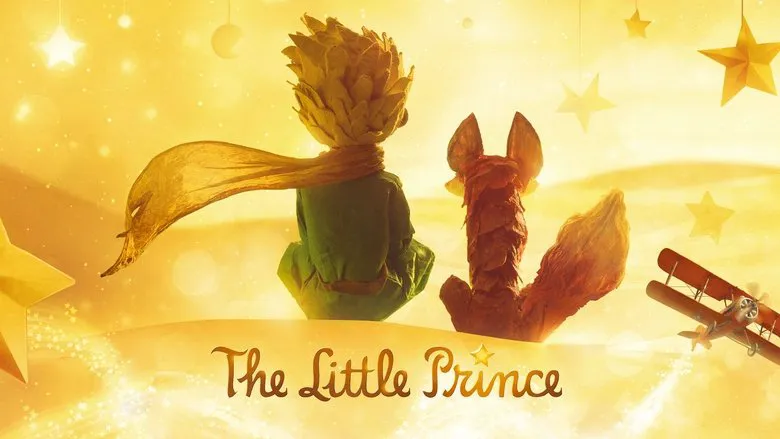
The stop-motion animation for the film was created by director Jamie Caliri, who won an Emmy in 2010 for the opening sequence of the television series “United States of Tara.”
All of this, of course, complicates the lives of filmmakers attempting to adapt the story. However, it certainly doesn’t justify the liberties taken by the French and Canadian animators who worked on this new animated film “inspired by” the book. Not only have they turned the Prince and the Aviator into supporting characters in their own narrative, making room for a girl who remains nameless (while the Prince and Aviator might warrant capitalization, “the girl” certainly doesn’t), but they have also significantly shortened and distorted the original story!
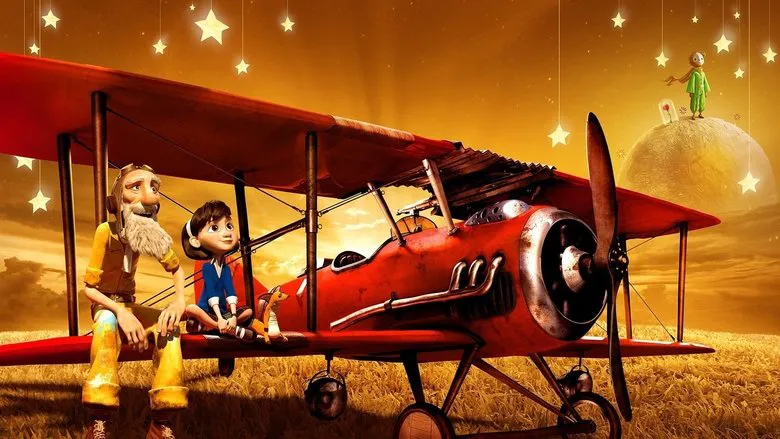
The Essence of “The Little Prince”
“The Little Prince” cannot be distilled into a few simple phrases. But if one were to try, it could be said that the French writer primarily dedicated his book to the childlike perspective on things, pure and unclouded. However, a childlike perspective is not synonymous with childishness. Consider what the Prince does in the story. Does he play without a care in the world? Not at all. He weeds out baobabs, cares for his Rose, explores the solar system, and befriends the Fox and the Aviator. Throughout the entire story, he commits only one irresponsible act: abandoning his Rose and his asteroid. And this weighs so heavily on him that he takes a terrible risk to return home.
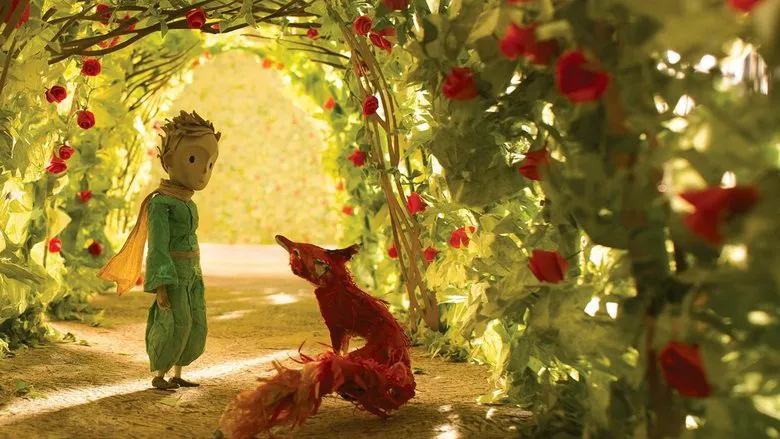
In other words, “The Little Prince” celebrates responsibility, curiosity, and a willingness to learn and work. The film adaptation, directed by “Kung Fu Panda” director Mark Osborne, boils down to the lyrics of an old Soviet song: “We are little children, we want to play.” The young heroine is preparing for classes at a school where she didn’t pass the interview (the Girl still got into the school because the family moved to the school district)? “Drop this boring business,” the film advises her. “Hang out with a senile old man who almost killed you upon first meeting, deceive your mother, skip school… And then get into a plane you don’t know how to fly and go searching for the Prince. Because in our story, the Prince is a pathetic weakling who can’t save himself.” And this is despite the fact that de Saint-Exupéry, in one of the first paragraphs of “The Little Prince,” notes that his school geography lessons were very useful to him in life. For a pilot, a map is the most important thing!
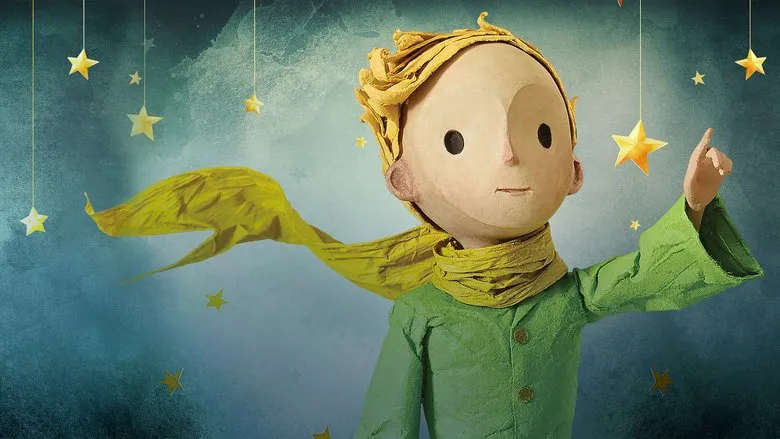
A Missed Opportunity?
Yes, Osborne’s film is not without its engaging moments as a children’s story. Yes, the Girl’s mother goes overboard when she demands that she study almost around the clock. And yes, children have a right to a childhood. But de Saint-Exupéry wrote about something completely different! The book teaches responsibility, while the film teaches irresponsibility (the Girl and the Aviator meet when a detached propeller from the biplane breaks through the wall of the Girl’s house, and this is presented as a cute prank). The book celebrates the work of lamplighters, while the film demeans cleaners, implying that their work is pathetic and unworthy. The book notes that learning is most useful when book knowledge is combined with practical knowledge. The film, however, accuses book knowledge of almost zombifying children. It doesn’t have a single good word to say about textbooks. And while the book has “strange” characters (from the Prince’s point of view), it has no negative ones. In the film’s climax, the brave heroine confronts the sinister Businessman and Vain Man to save the Prince from them. Accordingly, the film ends with a series of action scenes, although de Saint-Exupéry has nothing of the kind!
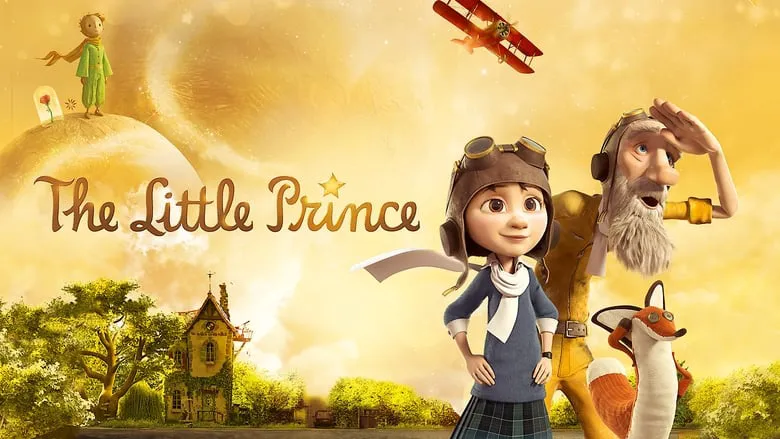
It would have been much better if the filmmakers hadn’t been so clever and had simply created a straightforward animated film about a studious girl who, with the help of a new acquaintance, develops a passion for adventure and performs a feat against a malicious big business. But, of course, they wanted to latch onto one of the main “brands” of French literature. And it turned out that the scenes from “The Little Prince” used in the film are irrelevant, while the Girl’s story is about something else entirely. And it would be fine if de Saint-Exupéry’s “Prince” were included in the film in its entirety, but no, only half of the book made it into the film. The lamplighters, for example, are not mentioned in the film, although the asteroid with the lamp does fly across the screen. Apparently, as a mockery of those who hoped that if the film is called “The Little Prince,” then all the adventures of the title character would be included in the frame.
With graphics and animation, on the other hand, the film is fine. Especially charming are the scenes borrowed from the book, as they are conveyed using elegant stop-motion animation. However, the main, computer-generated part of “The Prince” also deserves praise. It’s a shame that the same can’t be said about the film’s script – it’s more annoying than pleasing.